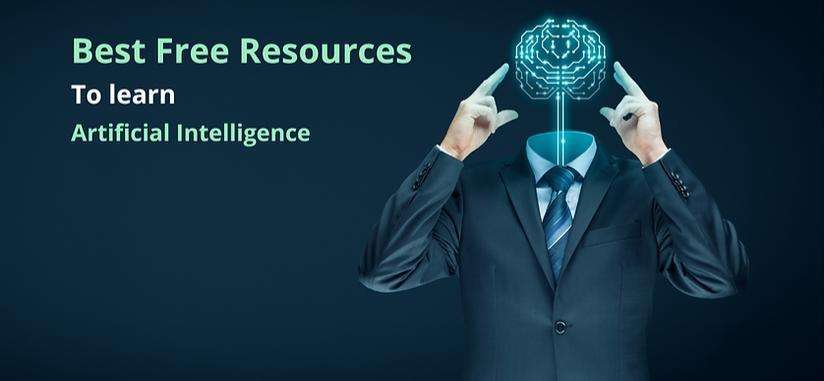
Robots are machines that can perform tasks that humans or animals can do, or tasks that are too dangerous, difficult, or tedious for them.
Robots can be controlled by humans, by computers, or by artificial intelligence. Robots can have different shapes, sizes, and functions, depending on their purpose and design.
Robots are not a new invention. They have been around for centuries, in the form of mechanical toys, automata, and clockwork devices. However, the modern concept of robots emerged in the 20th century, with the development of electronics, computing, and engineering.
Since then, robots have become more advanced, versatile, and intelligent, and they have been used in various fields and industries, such as manufacturing, agriculture, medicine, military, entertainment, education, and research.
Benefits of Robots to Humans
Robots have many benefits for humans and society. They can:
- Improve productivity and efficiency, by performing tasks faster, more accurately, and more consistently than humans.
- Reduce human errors, injuries, and fatalities, by taking over tasks that are hazardous, repetitive, or stressful for humans.
- Enhance human capabilities, by augmenting or replacing human senses, skills, and abilities.
- Create new opportunities, by enabling new discoveries, innovations, and applications that were not possible before.
- Provide entertainment, education, and companionship, by interacting with humans in fun, engaging, and meaningful ways.
Some examples of how robots are changing the world for the better are:
- Industrial robots, which can assemble, weld, paint, and pack products in factories, with high precision and speed, and without fatigue or boredom.
- Agricultural robots, which can sow, harvest, and monitor crops, with less water, fertilizer, and pesticide use, and with higher yield and quality.
- Medical robots, which can assist in surgery, diagnosis, rehabilitation, and care, with less risk of infection, complication, and human error.
- Military robots, which can scout, patrol, and combat in hostile environments, with less collateral damage and human casualties.
- Entertainment robots, which can play games, tell stories, and perform shows, with creativity, humour, and emotion.
- Educational robots, which can teach, tutor, and mentor students, with personalized, interactive, and adaptive learning.
- Social robots, which can communicate, empathize, and collaborate with humans, with natural language, gestures, and expressions.
Challenges and Limitations of Robots
Robots are not perfect, however. They also have some challenges and limitations, such as:
- Cost and maintenance, which can be high and complex, depending on the robot’s design and functionality.
- Reliability and safety, which can be compromised by technical glitches, malfunctions, or cyberattacks, especially for autonomous or networked robots.
- Ethics and morality, which can be questioned by the impact of robots on human dignity, rights, and values, especially for intelligent or emotional robots.
- Social and economic, which can be affected by the displacement of human workers, the creation of new skills and jobs, and the distribution of wealth and power, especially for disruptive or transformative robots.
The Bottom Line
Robots are not a threat or a replacement for humans, however. They are a tool and a partner for humans, to help them achieve their goals and aspirations. Robots are not here to take over the world, but to make it a better place for everyone.
Robots are not our enemies, but our friends. 🤖
RELATED ARTICLES
- Top 5 AI Robot Toys for Kids in 2024
- What are Robots and How Do they work?
- What Is Robotics In AI? | Definition, Applications & Facts
- The Top 10 Best Innovative AI Chatbots in 2024
- What is a Chatbot? Definition, Types, Pros & Cons.










k8 ゲーム
この記事から多くのことを学び、非常に感謝しています。
услуги такси такси